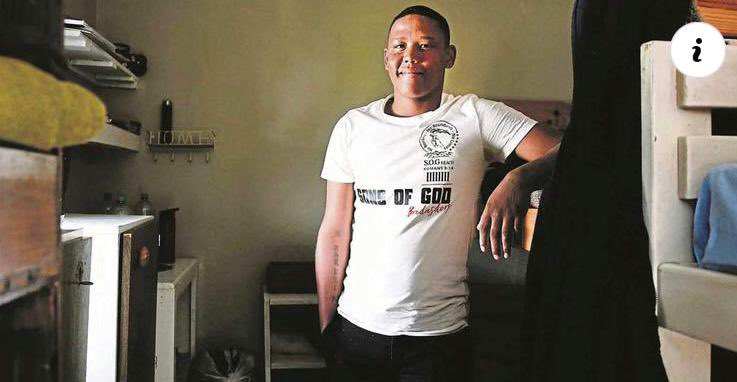In a harrowing event that has once again highlighted the pervasive issue of gang violence in South Africa, Solin Roman, a young man previously featured in a documentary about gang life in the Cape Flats, was shot dead in Manenberg.
This tragedy underscores the ongoing struggles faced by communities grappling with crime and the impact of gang culture on youth.
Background on Solin Roman
Solin Roman was known as a rising figure within the Americans gang, one of the most notorious gangs operating in the Cape Flats area. In a documentary titled “Inside South Africa’s Most Dangerous Neighbourhood,” Solin was portrayed as a troubled youth caught in the web of gang life.
The film captured his emotional struggles and the difficult environment he navigated daily. Viewers expressed concern for his well-being, prompting efforts to help him escape the cycle of violence and addiction that plagued many youths in his community.
Just months ago, there were glimmers of hope for Solin as he was reportedly taken to a rehabilitation center by Daniel Williams, who had recognized his potential for change.
This intervention aimed to steer him away from the destructive path that gang life often leads to. However, despite these efforts, Solin’s life was tragically cut short.
The Shooting Incident
Reports indicate that Solin Roman was shot four times in Manenberg, an area infamous for its gang-related activities. The circumstances surrounding his death are still under investigation, but initial accounts suggest that it was a targeted attack linked to ongoing gang rivalries.
The violence erupted during what should have been an ordinary day, turning the streets into a scene of chaos and fear.
Local authorities have expressed their commitment to investigating the shooting thoroughly, but they face significant challenges due to the code of silence that often surrounds gang-related incidents. Many witnesses are reluctant to come forward, fearing retaliation or further violence.
Manenberg gang shooting in Cape Town Solin Roman, a 21-year-old who became an internet sensation for having his life turned around after leaving the Americans Gang was shot four times yesterday. His step-brother was killed a week ago after he opened fire on bystanders and killed 2 and injured another 2, he was then killed an hour after the incident.
Community Response
The news of Solin’s death has reverberated throughout the community and beyond. Activists and community leaders have condemned the violence and called for urgent action to address the root causes of gang culture in South Africa. They emphasize the need for more support systems for at-risk youth and greater investment in community development initiatives aimed at providing alternatives to gang involvement.
Social media has also played a significant role in amplifying voices calling for change. Many have shared their condolences and expressed outrage over the continuing cycle of violence that claims young lives like Solin’s. The sentiment is clear: there must be a collective effort to break this cycle and create safer environments for future generations.
The Broader Implications
Solin Roman’s tragic death is not just an isolated incident; it reflects a broader crisis affecting many young people in South Africa. Gang violence has deep roots in systemic issues such as poverty, unemployment, and lack of access to education. Addressing these challenges requires a multifaceted approach involving government intervention, community engagement, and support from organizations dedicated to youth empowerment.
As South Africa continues to grapple with these issues, the loss of young lives like Solin’s serves as a painful reminder of the urgent need for change. Communities must come together to foster environments where youth can thrive without fear of violence or coercion from gangs.
Conclusion: A Call for Action
The shooting death of Solin Roman is a tragic chapter in an ongoing narrative of violence that affects countless families across South Africa. It calls for immediate action from all sectors of society—government officials, community leaders, and citizens alike—to address the underlying causes of gang culture and provide meaningful support for those at risk.
As we remember Solin and others like him who have fallen victim to this cycle of violence, let us strive for a future where young people can pursue their dreams without being ensnared by gangs or fear for their safety on their own streets. Only through collective action can we hope to create lasting change and honor the memory of those we have lost.

